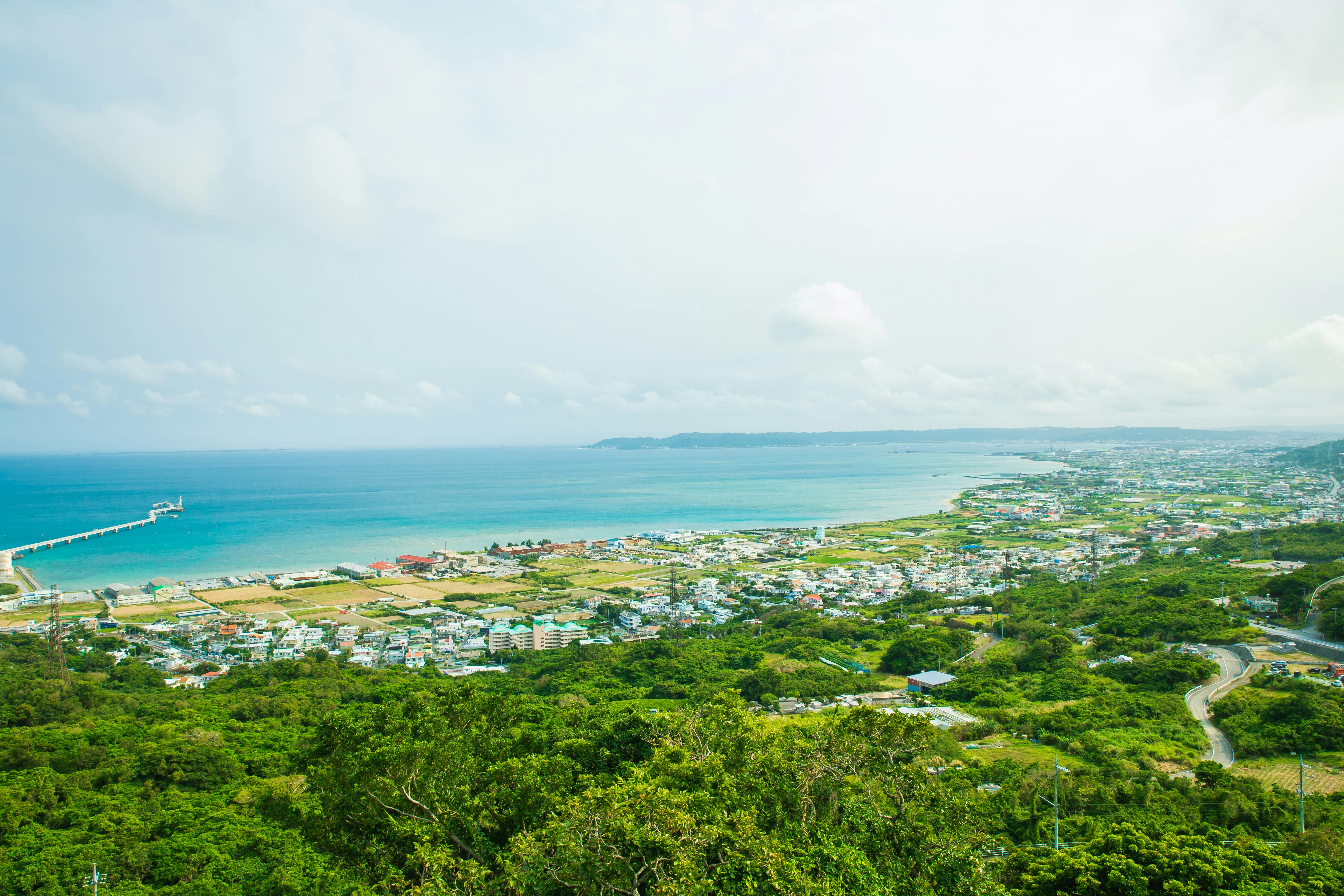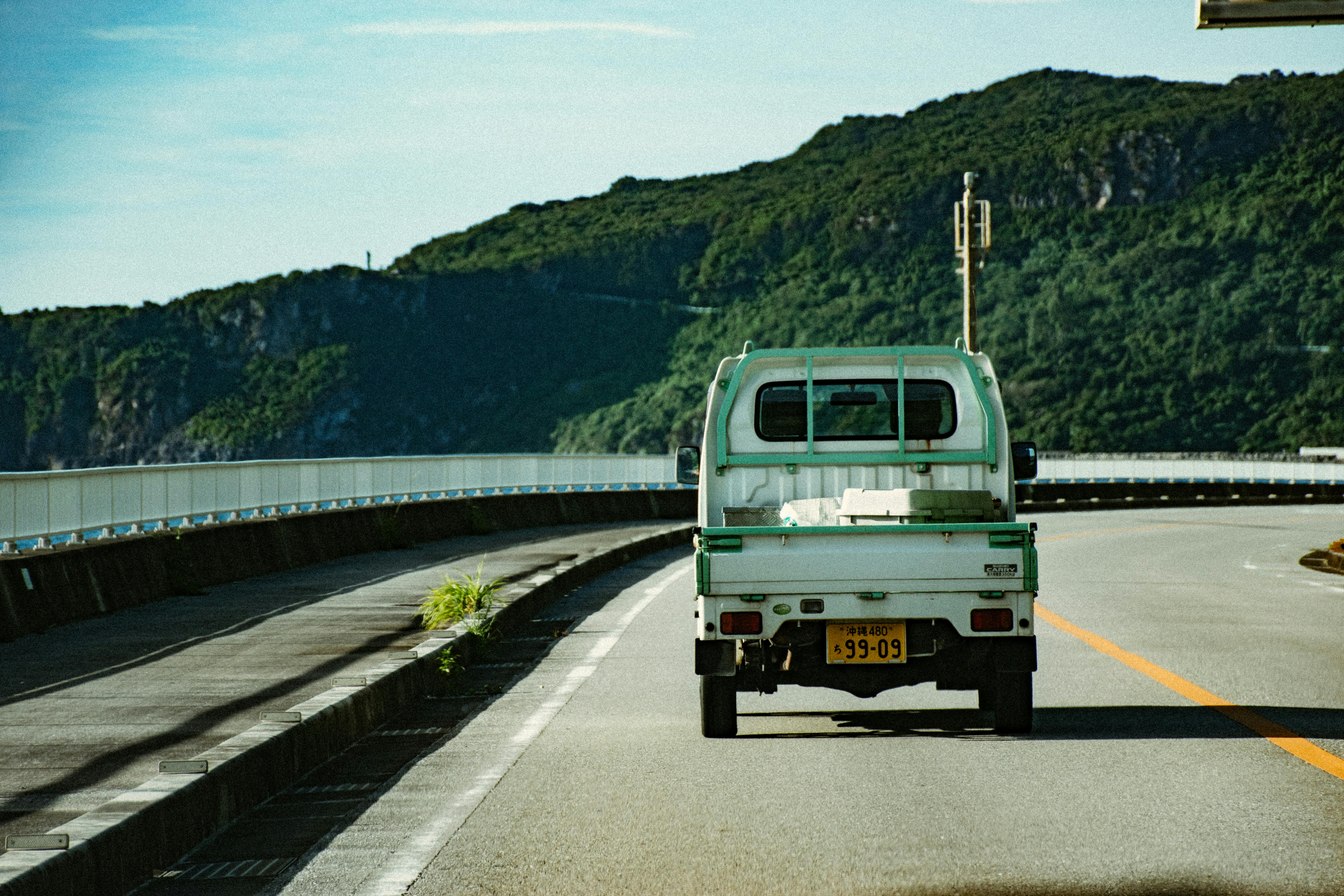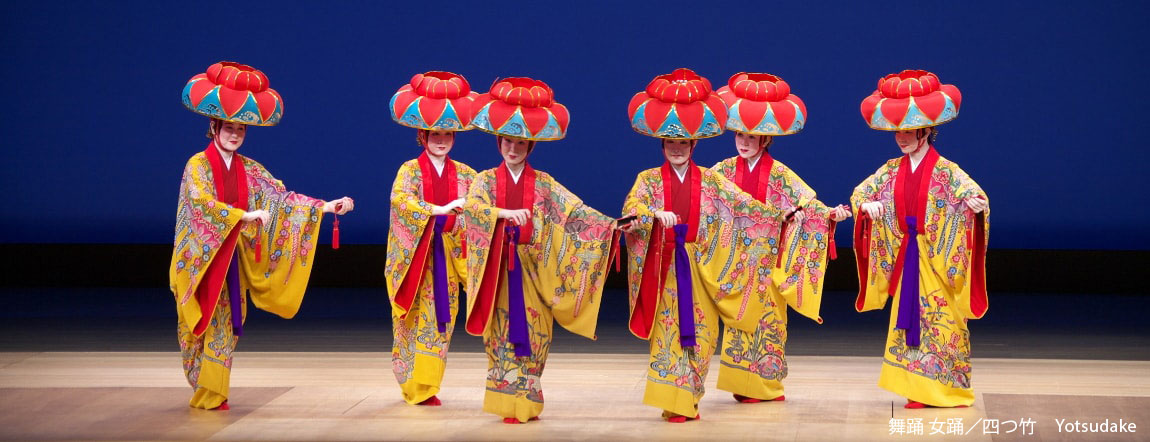Blog » Travel Guides » Ultimate Okinawa Tr...
Ultimate Okinawa Travel Guide: Beaches, Ryukyu Culture & Hidden Gems
Explore Okinawa’s stunning beaches, vibrant Ryukyu culture, and rich history with this comprehensive 2025 travel guide. Packed with top snorkeling spots, traditional festivals, authentic cuisine, and must-see historical sites, it equips travelers for an immersive and unforgettable visit to Japan’s southern islands.
Key Takeaways
- Okinawa offers a unique blend of pristine tropical beaches, rich Ryukyu culture, and significant historical sites such as Shuri Castle and World War II memorials.
- The best times to visit Okinawa are spring (March to May) and autumn (September to November) for pleasant weather, fewer crowds, and vibrant cultural festivals.
- Transportation options include flights to Naha Airport, regional flights and ferries to outer islands, rental cars for flexible exploration, and public buses and monorails for city travel.
- Immersive cultural experiences feature traditional Ryukyu dance and music, hands-on crafts workshops, and local culinary specialties that reflect Okinawa’s heritage and longevity.
- Hidden gems like secluded beaches on Sesoko and Zamami Islands, local markets, and seasonal events away from tourist crowds reveal authentic Okinawan lifestyle and natural beauty.
- Using official travel resources and interactive maps helps plan a smooth trip, combining cultural visits, nature exploration, and beach relaxation with personalized itineraries.
Dreaming of a tropical getaway filled with culture and stunning nature?
This Okinawa Japan travel guide reveals the charm of Japan’s southern islands, where clear beaches meet lively Ryukyu traditions and fascinating history.
Whether you’re into sunbathing, history, or exploring unique cultures, Okinawa offers a mix of experiences that go way beyond the usual tourist spots.
In this all-in-one guide, you’ll learn how to get around Okinawa’s beautiful main and outer islands, including handy tips on transportation.
We cover the best times to visit, suggested itineraries, and top attractions like Shuri Castle and the Churaumi Aquarium.
Plus, you’ll get a taste of local foods, traditional festivals, hidden off-the-beaten-path spots, and practical advice to make your trip smooth and unforgettable.
Get ready to dive into Okinawa’s lush tropical scenery, rich culture, and lively island life with insider tips that turn your vacation into a one-of-a-kind adventure.
Whether you’re snorkeling in crystal-clear waters, joining a Ryukyu dance, or discovering quiet beaches, this guide helps you experience Okinawa like a local and create memories you’ll treasure forever.
Introduction to Okinawa: Tropical Islands and Unique Culture

Okinawa Prefecture sits at Japan’s southern tip, nestled between Kyushu and Taiwan, known for its breathtaking tropical islands and warm subtropical climate.
With mild winters and hot, humid summers, the average temperature hovers around 22–23°C (72–73°F), making it a great spot to visit any time of year.
There’s a rainy season in late spring and a typhoon season in summer and early autumn, but you’ll still find plenty of sunshine and crystal-clear waters perfect for swimming, snorkeling, and other outdoor fun almost year-round.
Its rich culture comes from its roots as the Ryukyu Kingdom, an independent maritime nation from the 15th to 19th centuries.
The kingdom had extensive trade ties with East and Southeast Asia, which shaped a unique culture you can still see today—in its language, music, crafts, and food.
Okinawa also has a complex history of hardship during World War II and American occupation, before rejoining Japan in 1972.
- Pristine Beaches: The white sands and coral reefs around the Miyako and Yaeyama Islands offer some of Japan’s best snorkeling and diving spots.
- Ryukyu Culture: Experience lively festivals, traditional crafts, and Okinawan dishes like goya champuru and fresh seafood.
- Historical Sites: Places like Shurijo Castle and World War II memorials offer rich cultural insights and unforgettable visits.
This mix of stunning nature and vibrant culture makes Okinawa a top choice for travelers seeking both chill time and cultural immersion.
Whether it’s the lure of sandy beaches or the deep roots of the Ryukyu Kingdom’s history, Okinawa promises a trip you won’t forget.
How to Get to Okinawa and Transportation Tips

Getting to Okinawa mainly means flying into Naha Airport, the main gateway connecting the islands with Japan’s mainland and some international cities.
Flights from Tokyo’s Narita and Haneda airports usually take about 2.5 to 3 hours, while flights from Osaka’s Kansai Airport are around 2 hours. You’ll also find international flights from places like Seoul, Taipei, Hong Kong, and Singapore.
If you’re heading to outer islands like Miyako, Ishigaki, or Yonaguni, there are frequent regional flights from Naha. You can also choose ferries for a scenic way to hop between islands such as the Kerama Islands and Kume Island. Ferry times depend on the season and weather, so it’s best to check schedules in advance.
Getting Around Okinawa’s Main Island
On Okinawa’s main island, you have several ways to get around. The Yui Rail monorail runs from Naha Airport through downtown up to Shuri Castle, making for an easy and scenic city trip.
Public buses cover a wide area, reaching urban spots and popular attractions like northern beaches and the Churaumi Aquarium. Companies like Okinawa Bus and Ryukyu Bus operate these routes, but they can be tricky for newcomers due to limited English signs and infrequent stops in rural areas.
- Grab an OKICA rechargeable IC card to pay fares on buses and the monorail without fumbling for exact change.
- Check bus routes ahead of time since schedules might be few and stops aren’t always well marked.
Rental Cars and Taxis
Renting a car is your best bet for exploring Okinawa’s varied beaches, cultural spots, and quiet corners. It’s the most flexible way to get around, especially since some places aren’t reachable by bus. If you’re from abroad, you’ll need an International Driving Permit, and remember that driving is on the left side.
Taxis are easy to find in Naha and tourist areas, offering a hassle-free choice especially for airport rides, evening trips, or quick sightseeing. They’re pricier than public transport, but handy when traveling with luggage or groups. Some taxi drivers speak English or provide guided tours, which can add a nice cultural touch.
| Transportation Mode | Best Use | Tips & Details |
|---|---|---|
| Airplane | Mainland to Okinawa & outer islands | Direct flights to Naha; connecting services for remote islands |
| Yui Rail (Monorail) | Naha city center | Connects airport to Shuri Castle |
| Bus | Main island & tourist spots | Wide routes but limited English; OKICA card recommended |
| Rental Car | Exploring the islands | Great for remote spots; drive left side; IDP needed |
| Taxi | Convenience & late travel | Widespread but pricier; some offer tours |
| Ferry | Inter-island trips | Scenic routes; seasonal schedules |
Mixing these transport options lets you customize your Okinawa adventure—fly into Naha, take the monorail or bus around town, rent a car to discover hidden beaches and culture, and hop on ferries to explore the stunning outer islands.
Best Time to Visit Okinawa and Climate Insights

The best time to visit Okinawa is usually in spring (March to May) and autumn (September to November). These seasons bring pleasant temperatures, moderate humidity, and fewer typhoons, making them perfect for beach days, cultural events, and outdoor adventures.
Okinawa’s climate is humid subtropical, with hot, sticky summers and mild winters.
In spring, temperatures hover around 22–27°C (71–81°F), great for sightseeing and joining festivals without beating the summer crowds.
Summer (June to September) gets hot and humid, often hitting 30–32°C (86–89°F), with typhoon risks especially from July to September.
- Spring: Warm and blooming, ideal for walks and cultural experiences.
- Summer: Prime time for beach lovers and divers, but expect humidity and busy accommodations.
- Autumn: Cooler, less rain, great for culture tours and outdoor activities.
- Winter: Mild at around 20°C (68°F) with fewer tourists—perfect for whale watching and quieter visits.
The rainy season peaks in May and June, but sunshine still breaks through the showers. Typhoon season overlaps and extends into late summer, so keep an eye on forecasts and stay flexible if you’re traveling then.
Late April to early July and late September to November strike a good balance of nice weather, smaller crowds, and rich access to Ryukyu culture and festivals.
Top Okinawa Destinations and Island Highlights

Okinawa is a mesmerizing mix of Ryukyu culture and breathtaking nature spread across the main island and its neighbors.
The Main Island hosts Naha City, where you can wander historic spots like Shuri Castle — once the royal palace of the Ryukyu Kingdom — and stroll along Kokusai-dori, a lively street packed with shops, local food, and cultural happenings.
Nature lovers shouldn’t miss the Churaumi Aquarium, famous for its giant tanks with whale sharks and manta rays, as well as the northern Motobu area’s national parks and scenic beaches, great for hiking and snorkeling.
The Kerama Islands, just a quick ferry ride away, are known for their powder-white beaches and amazingly clear “Kerama Blue” waters, a top pick for snorkelers and divers. In winter, these islands also offer fantastic whale watching.
- Yaeyama Islands: This outer group includes Ishigaki Island, famous for lush nature, Mount Omoto hiking, and the stunning Blue Cave for snorkeling. Nearby Taketomi Island showcases preserved Ryukyu-era villages with their charming red-tiled roofs and buffalo cart rides through quiet streets.
- Iriomote Island: Often called the “Galapagos of the East,” it’s rich with mangroves, tropical forests, and rare creatures like the elusive Iriomote cat. Outdoor fun here includes kayaking the Urauchi River and trekking to Pinaisara Falls, Okinawa’s tallest waterfall.
- Miyako Islands: Known for silky white beaches and colorful coral reefs, they’re perfect for swimmers and divers looking for less crowded spots.
- Other Highlights: Hateruma Island—the southernmost inhabited island in Japan—is great for stargazing, while Yonaguni Island attracts divers with mysterious underwater ruins and hammerhead shark sightings.
Visiting these spots lets you soak up Okinawa’s dual appeal: rich cultural traditions alongside stunning tropical scenery. Whether exploring castle ruins, joining festivals, or diving in clear seas, Okinawa promises a perfectly balanced adventure—key to any top Okinawa Japan travel guide.
Suggested Itineraries for First-Time and Repeat Visitors

Whether it’s your first visit or a return trip, well-planned itineraries help you balance Okinawa’s culture, stunning nature, and relaxing beaches. Whether you have a few days or a whole week, these routes showcase the best of Okinawa while mixing cultural and outdoor experiences.
First-Time Visitors (3 to 4 Days)
- Day 1: Shuri Castle and Himeyuri Peace Museum
- Day 2: Naha city, Kokusai Street, Makishi Market, local dining
- Day 3: Snorkeling at Cape Maeda or relaxing at Haimurubrushi Beach
Kick off day one with a cultural dive at Shuri Castle, the Ryukyu Kingdom’s historic heart, and nearby traditional gardens. Then head to the Himeyuri Peace Museum to learn more about Okinawa’s past.
Day two is perfect for exploring bustling Naha, including Kokusai Street and Makishi Public Market—great spots for local food and crafts.
On day three, soak up nature and the beach vibe: snorkel at Cape Maeda, known for coral reefs and sea turtles, or chill at Haimurubrushi Beach, popular for its jellyfish-free waters, perfect if you’re new to snorkeling.
Thematic Itineraries (3 to 7 Days)
Pick a theme that suits what you want:
| Theme | Highlights | Duration | Notes |
|---|---|---|---|
| Cultural | Shuri Castle, Okinawa Museum, Shikinaen Garden, Tsuboya Pottery Street, local festivals | 3–4 days | Get deep into Ryukyu history, traditional arts, and seasonal festivals. |
| Nature & Outdoor | Cape Maeda snorkeling, Yanbaru Forest hikes, Churaumi Aquarium, Nakijin Castle ruins | 4–5 days | Mix beach time with forest walks and marine adventures for a solid nature trip. |
| Beach & Relaxation | Kerama Islands snorkeling, Okuma Beach, American Village, quiet island beaches | 3–7 days | Perfect for unwinding with great swimming, snorkeling, and laid-back vibes. |
Repeat Visitors (Up to a Week or More)
If you’ve been to Okinawa before, dive deeper into hidden cultural spots and quieter nature. Check out remote islands like the Kerama or Miyako Islands for world-class snorkeling and peaceful beaches.
Try pottery workshops on Tsuboya Street or catch traditional events like the summer Eisa dance festival. For nature lovers, hike less crowded trails in Yanbaru National Park or enjoy star-filled skies in Okinawa’s rural north.
- Find secluded beaches and quiet natural parks away from the crowds
- Join local festivals and cultural workshops
- Mix active days with relaxing spa visits and wellness activities
To balance culture and downtime, spend mornings at historic sites or museums, afternoons snorkeling or wandering gardens, and evenings tasting Okinawan food or enjoying local nightlife. This pace helps you truly savor what makes Okinawa both a tropical getaway and a cultural gem.
Must-See Attractions and Activities in Okinawa

Okinawa mixes stunning nature, deep history, and vibrant culture, making it a favorite for visitors seeking variety. One standout is the Churaumi Aquarium, home to the giant Kuroshio Tank where you can watch whale sharks and manta rays glide by.
It’s part of Ocean Expo Park, which also includes the Native Okinawan Village and Tropical Dream Center, making it a fantastic spot for families.
The beaches of Okinawa are famous worldwide for their white sands and clear waters, perfect for swimming, snorkeling, and just relaxing.
Popular spots include Yonehara Beach, Sukuji Beach, and Sunset Beach. These have calm waters great for beginners and vibrant reefs for experienced snorkelers.
- Kouri Island: Known for its turquoise water and the scenic Kouri Bridge, plus the iconic heart-shaped rock. For thrill-seekers, you can dive near sunken WWII ships like the USS Emmons.
- Yambaru National Park: A nature lover’s dream in northern Okinawa with lush forests, rare birds, and hiking trails that showcase the island’s wild side.
- Historic Sites: The Nakijin Castle Ruins offer a glimpse into Ryukyu’s past surrounded by nature. Shuri Castle in Naha is a cultural icon, rebuilt after the 2019 fire.
- Kokusai-dori Street: This lively shopping and dining street in Naha is the go-to spot for authentic Okinawan food like Okinawa Soba and Taco Rice, plus local crafts.
For history fans, Okinawa’s World War II museums and memorials provide powerful insights into the local wartime experience. Places like the Peace Memorial Park and the Himeyuri Peace Museum give a moving look beyond the island’s beaches and festivals.
Families will love spots like the Southeast Botanical Gardens, with tropical plants, animal encounters, and seasonal evening light shows. Whether snorkeling, diving, exploring UNESCO sites, or tasting local dishes, Okinawa’s attractions deliver a rich and memorable trip.
Immersive Ryukyu Culture and Traditional Experiences

Okinawa offers rich Ryukyu cultural experiences that let you connect closely with the island’s unique heritage, shaped by centuries of trade and the history of the Ryukyu Kingdom.
- Traditional Performances: Catch Ryukyu dance and music shows featuring the sanshin, a three-stringed Okinawan instrument. Places like Ryukyu Mura host daily performances where you can even try playing the instrument. The energetic Eisa drum dance is a must-see, full of Okinawan spirit and energy.
- Hands-On Arts and Crafts: Join workshops in pottery, weaving, and making Ryukyu glassware. One standout is Ryukyu bingata dyeing, a colorful textile art from the 14th century. These classes let you create your own souvenirs blending tradition and creativity.
- Culinary Exploration: Okinawan food is based on the idea of nuchigusui or “medicine for life,” reflecting the islands’ famous longevity. Try dishes influenced by Chinese, Japanese, and Southeast Asian flavors, dig into Ryukyu court cuisine, or take cooking classes from local chefs. Don’t miss treats like chinsuko cookies and the local liquor awamori.
- Immersive Tours and Village Visits: Guided tours, especially on remote islands, include welcome rituals, performances, crafts, meditation, and yoga. Visiting villages shows real Ryukyuan daily life and customs, creating meaningful connections.
- Cultural Sites: Landmarks like Shuri Castle display Ryukyu’s architecture and history, deepening your understanding of Okinawa’s unique place in Japanese and Asian culture.
Together, these experiences offer a hands-on way to dive into Ryukyu culture—through music, dance, crafts, food, and community life. Adding these activities to your Okinawa Japan travel guide will give you a rich, personal connection beyond the stunning beaches and landscapes.
Practical Travel Tips for Okinawa Visitors

Okinawa has accommodations for all tastes.
You’ll find luxury resorts like The Ritz-Carlton Okinawa in Nago, famous for its spa and golf course, plus family-friendly cottages and guesthouses scattered across the islands.
In Naha, hotels like Rihga Royal Gran Okinawa put you close to culture and city life, while boutique stays and vacation rentals offer cozy options for longer visits.
Use Booking.com or trusted guides to find something that suits your style and budget.
For getting around, renting a car is your best bet if you want to explore beyond the cities.
Public buses mainly operate in Naha and are limited in rural areas with infrequent runs.
Taxis can get pricey, so driving yourself gives you freedom to visit beaches, snorkeling spots, and cultural sites whenever you want.
Just remember your International Driving Permit if you’re renting a car.
- Safety and Health: Okinawa is generally safe, but keep your passport or ID handy. The islands sometimes face typhoons or earthquakes—stay updated with local weather and follow safety advice. Don’t forget sunscreen and stay hydrated under the strong subtropical sun. Travel insurance is a smart idea in case of illness or unexpected events.
- Cash and Currency: They use Japanese yen (¥). Credit cards work well in city hotels and restaurants, but smaller shops and island vendors often prefer cash, so bring enough yen for remote areas.
- Connectivity and Power: Many hotels and spots offer free Wi-Fi. You can rent pocket Wi-Fi devices or buy prepaid SIM cards at Naha Airport to stay connected. Japan uses Type A plugs with 100V power, so bring the right adapter for your gadgets.
- Language Tips: English isn’t widely spoken outside tourist areas. Learning simple Japanese phrases like konnichiwa (hello) and arigatou gozaimasu (thank you) goes a long way. Translation apps or phrasebooks are helpful, and locals appreciate the effort.
Hidden Gems and Insider Recommendations

Okinawa’s magic isn’t just in the famed beaches and cultural spots.
For those wanting to go off the beaten path and dive into genuine local life, these hidden gems and insider tips offer fresh ways to enjoy the islands.
Secluded Beaches and Quiet Snorkeling: Escape the crowds at Seikinomori Beach near Nago, known for peaceful vibes and clear water. On the Tokashiki Islands, small coves like Kubandaki View Point are perfect for snorkeling without many people around.
For absolute calm, head to Sesoko Island just off the main island or the remote Zamami Island, famous for tranquil waters and sea turtles.
- Snorkeling tip: Rent gear locally and explore reefs solo at these quieter spots instead of booking big tours.
- Visiting early or late in the day helps avoid the busiest times too.
Local Markets and Food Stalls: Dive into Okinawan daily life at places like Naha Makishi Public Market and Itoman Ichiba, where fresh seafood and regional specialties await. Don’t miss street food stalls and izakayas serving favorites like goya champuru (bitter melon stir-fry), rafute (braised pork belly), and sata andagi (Okinawan doughnuts).
- These lively spots are great for chatting with locals while tasting authentic flavors.
- Look for hidden stalls in smaller towns or by the coast for fresh grilled seafood and unique sweets.
Seasonal Events Off the Beaten Path: Aside from big festivals, check out the beautiful Ryukyu Lantern Festival in winter, where lanterns light up traditional streets with magical glow. For New Year’s, visit local shrines to see traditional shows and join in rituals. Nature lovers will enjoy hiking Okinawa’s northern Yambaru Forest, home to rare plants and animals, or visiting Cape Hedo for stunning cliffs and peaceful solitude.
- Also consider the Southeast Botanical Gardens or the quiet Fukushu-en Garden in Naha for calm spots away from crowds.
- Connecting with locals in these less touristy areas often leads to rich cultural experiences and lasting memories.
“Venture beyond the popular beaches and explore Okinawa’s hidden corners to truly embrace its culture and natural beauty.”
Okinawa Travel Expert
By mixing secluded beaches, authentic food stops, and seasonal events, these insider tips help travelers discover Okinawa’s unique combo of peaceful tropical relaxation and deep cultural immersion.
Planning Resources and Maps for Okinawa Travel

Planning your Okinawa trip with good resources and detailed maps makes all the difference for a smooth, fun visit.
The Okinawa Convention & Visitors Bureau offers a handy Okinawa Guide Map updated regularly, covering key areas like Naha, Northern and Central Okinawa, and remote islands like Kume and Miyako.
It’s in English and packed with travel tips, attractions, and info for culture and beach lovers alike.
If you want interactive tools, check out maps like Wanderlog’s Naha City map and Okinawa City map. They show clickable locations for restaurants, sites, and transit, making it easy to plan and adjust your itinerary online or on the go.
- Download official PDFs for offline access, like the detail-rich Okinawa Guide Map covering the whole prefecture.
- Use travel apps such as the Okinawa Trip App for interactive maps, category searches, event listings, and custom itinerary building tailored to Okinawa.
- Combine Google Maps with your own saved spots to navigate smoothly and find snorkeling spots, beaches, festivals, and historic places easily.
When organizing transport, look for resources on rental car routes, taxi fares (like fares from Naha Airport to Onna Village or Nago City), and public transit details. Tourist Information Centers at arrival points also offer free maps and up-to-date advice, handy for last-minute changes.
With a mix of official brochures, interactive online maps, and mobile apps, you can craft a balanced Okinawa trip blending culture, beaches, and hidden gems with confidence and ease.
Final Thoughts
This in-depth Okinawa Japan travel guide has uncovered the many sides of Okinawa—from its flawless beaches and lively Ryukyu culture to rich history and secret spots scattered across its islands.
Whether you’re sorting out transport, picking the best visit times, or planning themed routes, this guide gets you ready for an Okinawa experience that’s both balanced and immersive.
Embracing its natural beauty and cultural gems helps every traveler capture the true spirit of these one-of-a-kind southern islands.
As you get ready for your trip, don’t just stick to the popular places—dive into local traditions to enrich your journey. Use the planning resources and insider tips shared here to build a personalized itinerary that makes every moment count.
Looking ahead, Okinawa’s growing mix of eco-tourism, cultural preservation, and community-focused experiences promises even more meaningful trips for visitors seeking a sustainable and unforgettable vacation.
Okinawa’s waiting with stunning beauty and warm culture—so start planning and get ready to make memories in this tropical paradise.
- Key Takeaways
- Introduction to Okinawa: Tropical Islands and Unique Culture
- How to Get to Okinawa and Transportation Tips
- Best Time to Visit Okinawa and Climate Insights
- Top Okinawa Destinations and Island Highlights
- Suggested Itineraries for First-Time and Repeat Visitors
- Must-See Attractions and Activities in Okinawa
- Immersive Ryukyu Culture and Traditional Experiences
- Practical Travel Tips for Okinawa Visitors
- Hidden Gems and Insider Recommendations
- Planning Resources and Maps for Okinawa Travel
- Final Thoughts
Get your FREE Monstera Art download
Join our WanderLife Studios mailing list to get updates about our work and be the first to know about upcoming art products.
As a Thank You Gift, you will get this wonderful hand-drawn Monstera Line Art as a digital download for FREE .
